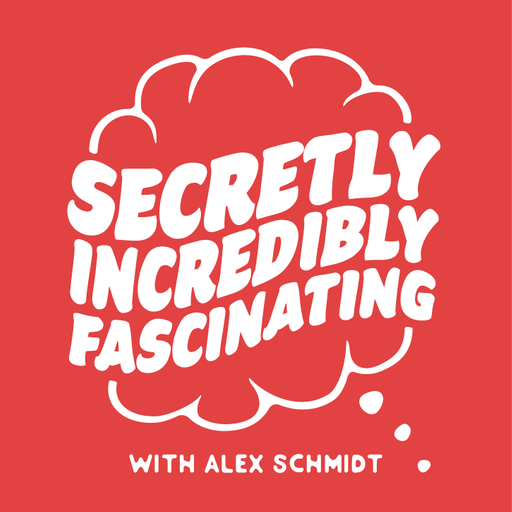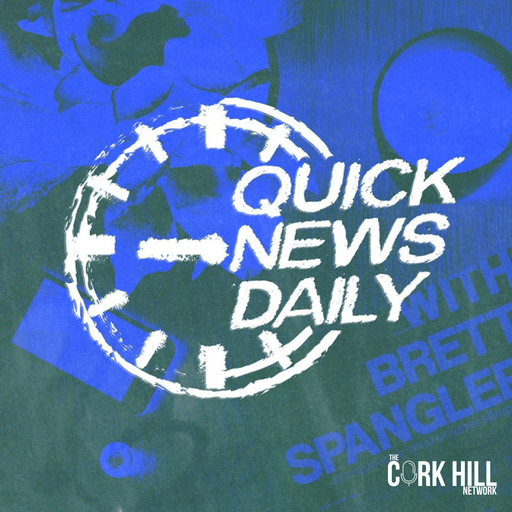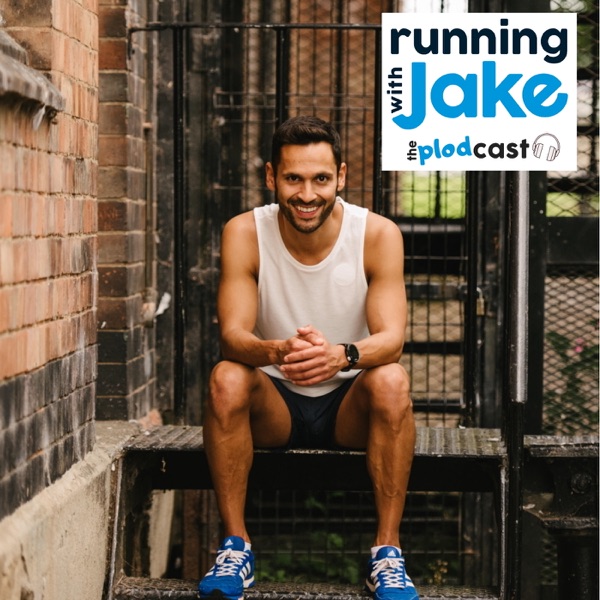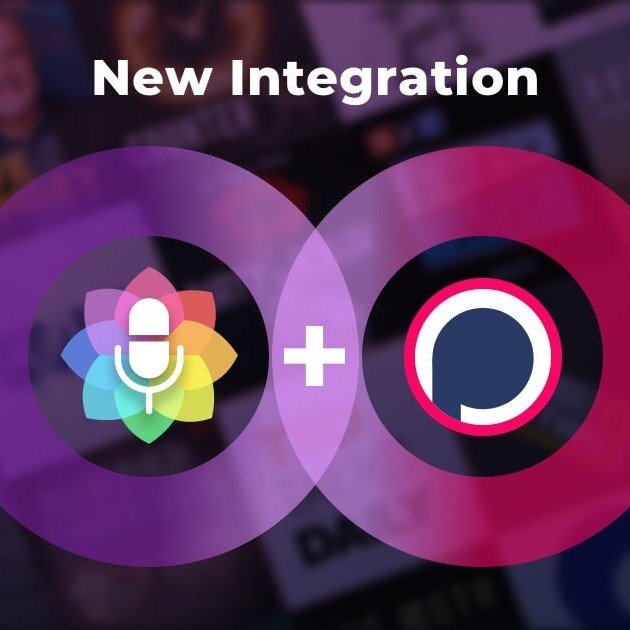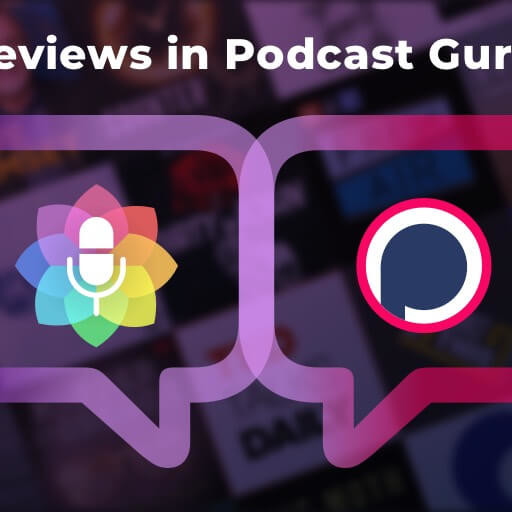iPhone FAQ
The Podcast Guru iPhone FAQs page is here to help you get started. And, it’s also a valuable resource to answer any questions you may have about using Podcast Guru. Most of the questions in the FAQ come from our users. We simply post them here so everyone can share the wealth of knowledge. If you don’t see your question answered here, please visit our use the in-app support tool. If you are an Android user, please see our Android FAQ page.
iPhone FAQ
The Podcast Guru iPhone FAQs page is here to help you get started. And, it’s also a valuable resource to answer any questions you may have about using Podcast Guru. Most of the questions in the FAQ come from our users. We simply post them here so everyone can share the wealth of knowledge. If you don’t see your question answered here, please visit our use the in-app support tool.
Common Problems & Questions
It is possible to hide an episode that you have already listened to. This is useful when there are many episodes in a list, and you are tired of scrolling past the ones you have already finished.
In the episode list tap on the screen menu icon. A menu will appear with the option to hide previously completed episodes. From this menu, select “Hide Completed” and viola!, only the un-listened-to episodes remain.
From the library tab in my podcasts, select the screen menu in the upper right (three horizontal dots in a circe). You will see an option called “refresh”. Selecting this will immediately kick off a background process to check all your podcast subscriptions for new content.
If you know the rss feed url for your podcast of choice you can import it into podcast guru (this includes private patreon feeds!)
Tip: select and copy (copy/paste) the RSS feed URL from into your copy/paste buffer.
Then from the library tab in my podcasts, select the screen menu in the upper right. Look for the option entitled "Import Podcast From RSS". If you followed our tip above, paste the URL, if not, simply type it in.
Podcast guru’s import/export functionality can be useful if you want to back up your podcast subscriptions, for example, to move them to a new device.
Export only backs up the subscriptions itself, not the episodes, nor your listening history or preferences.
Import allows you to restore those backed up podcasts into podcast guru running on another device. This is so you don’t have to resubscribe to all the podcasts in your library, which is a major pain! 😉
It’s easy to export your subscribed podcasts from podcast guru. Go to the library tab in my podcasts and select “Export Podcasts To OPML” from the screen menu. An OPML file with all your subscriptions will be generated for you and you’ll be able to save or share it.
Note, this will only export the podcasts you are subscribed to, not the podcasts you have downloaded to your device.
To import the podcasts you have previously subscribed to, first, go to the library tab in my podcasts. Then choose “Import Podcasts from OPML” from the screen menu. Then select your OPML file for import (local files can be found in the “iPhone” category, you can also select files shared in the cloud if you use services like iCloud, Google Drive, Dropbox etc.). This will restore your previously subscribed podcasts into your library.
Currently, Podcast Guru does not import or export audio data. The export and import functionality is for backing up subscribed podcasts when you want to move to a new device. It imports and exports subscribed podcasts in the OPML format.
To set the sleep timer you need to be on the Now Playing screen. Look for the sleep timer (moon icon) button in the lower left of the screen. This will open a window with a table where you can select a time period before shutting down.
Assuming that you have “Enable Autoplay” enabled in the app settings, whenever you select an episode to play from any list in the app, the app will always play “down” the list.
Behind the scenes, the app generates an internal list of items from top to bottom, starting with the episode you selected.
For example, if you are viewing a podcast and haven’t changed the sort order from newest first (the default), the app will play in reverse chronological order (newest to oldest).
But what if you are listening to a serial / episodic podcast and need to start at the oldest episode and listen in chronological order (oldest to newest)? In this case, all you need to do is change the sort ordering to oldest first using the corresponding button (two arrows pointing up and down). Now when you select something to play, the app will still play “down” the list, but it will use whatever sort ordering you have selected to choose what to play next.
Problem solved!
From the main player screen look for the speed multiplier button to the left of the playback control buttons. Tapping on this button will allow you to cycle through various play speeds.
You can manually mark an episode as completed or new by pressing and holding on an episode until edit mode is enabled.
Once you are in edit mode, select one or more episodes. Next open the screen menu (three horizontal dots in a circle on the top right) and you will see several options, including “Mark Completed” or “Mark New”.
You can easily add one or more items to a playlist of your choosing from most screens in the app that present a list of episodes.
Simply press and hold on any episode in the list to enter edit mode. Once in edit mode, select one or more episodes you want to include in a playlist.
After selecting all the episodes, open the menu in the upper right and choose “add to playlist”. From here you will be able to add the selected episodes to an existing playlist, or you can create a completely new playlist.
Hearing audio advertisements that are local to your region, how can this be possible? Surely podcast guru is to blame for this?!
Truthfully, no. What you’re a victim of is a new technology called “dynamic ad insertion”. What’s happening is that the podcast creator is working with an audio ad provider. An ad provider such as Podbean creates hundreds of localized ad versions of their content. When you start downloading or streaming the audio content, the ad provider performs a geolocation lookup on your device. It tries where determine where you are. And at that point it quickly stitches together the audio content after inserting a healthy number of ads.
We at Podcast Guru are committed to giving you an ad free experience within the app, but we cannot influence or manipulate the content the publishers create.
Yes, we fully support your private Patreon feeds. Please see our other FAQ question entitled “How Do I Import a Podcast from an RSS feed”, as the process is exactly the same.
And one special note about private Patreon feeds. Sharing is disabled for private Patreon content to prevent you from accidentally sharing your private links and violating the TOS with Patreon.
The easiest way to share a podcast episode is from the now playing screen. Simply look for the share icon under the playback controls (4th from the left) and tap it. Podcast guru will generate a sharable link and then ask your device how you’d like to share it (the options you will see are device specific and depend on what apps you have installed).
We use Google’s dynamic link technology for sharing, so no matter what platform the end user is on, it will try and use the appropriate app for viewing.
Podcast notes are accessible from the podcast details screen. Open a podcast and you’ll find notes under the main album art. You can tap “More” to expand the text.
Episode notes are visible in abbreviated form in each episode list. Complete episode notes can be seen when you open episode details by tapping an episode from the list or from now playing by tapping on the notes icon there.
The bottom line with data usage, is that if you stream or download podcast episodes while not on wifi, it’s going to burn data, and potentially a lot of it. We’ve added tools to help you manage your data, but ultimately it’s up to the end user to be aware of their own usage. Here’s some key things to know to help you control your data.
- refreshing (for new episodes) will burn data. there are some feeds that contain megabytes of data. The app intelligently looks for “cache-control” and “etag” headers and will do it’s best to only refresh when new content is detected, but many budget publishing servers do not support cache control features. The best thing you can do, is to modify your “update frequency” in the app settings with the longest duration you can tolerate. You can even disable it completely and then manually perform refresh checks while only on wifi.
- downloading vs streaming: podcasts do not leverage advanced streaming protocols like rtsp, they use basic http data requests. Therefore, if you are streaming, while stopping / restarting / seeking, you will always burn more data than if you just downloaded the episode upfront.
- use automatic downloads and enable download restrictions. even the free tier of podcast guru supports automated downloads of newly detected podcast episodes. Check the app and make sure the “Download management” / “Automatic downloads” setting is set to “only on wifi”. That way, if new content is detected while you are not on wifi, it will queue it up to download later when a wifi connection is available. Our vip tier members get a powerful management interface and some extra options to help clean up storage space as well, so if you’re a heavy podcast user, consider the vip upgrade. This can really make your life a lot easier and supports the app.
- manually initiated downloads will ignore wifi restrictions. that’s right! The wifi restriction we just mentioned is for “automatic” downloads only, when the app discovers new content during a refresh. If you manually initiate a download, the app assumes you want it immediately. Perhaps you are about to hop on a plane, drive through a long tunnel, or enter an area with a poor data connection and you don’t want to wait for wifi.
To sum these points up, if you really want to listen to podcasts in the most data efficient way possible: disable or severely limit how often the app refreshes and always pre-download content before listening (and using auto downloads can make this pain free).
Whenever you perform a search, you might notice that you get two results back. The left tab are podcasts, which search our global podcast directory, but the right tab returns episode results, where the title or body of a podcast episode matches your search terms.
Currently the episode search feature is “local”, that is, it only searches for episodes that have been indexed on your device (typically through your subscriptions). As much as we’d like to add a global episode search, indexing millions and millions of episodes is no small feat, so that’s going to have to wait for a future update.
Download & Storage Management
Open podcast guru and navigate to the offline tab in my podcasts. To delete one or more individual episodes, press and hold on any episode. This will put the app into a selection mode and you can select one or more episodes. And then hit the trash icon in the upper right of the app to delete them.
Alternatively, if you simply want to delete all offline episodes, you’ll see a menu option in the screen menu (the 3 horizontal dots in a circle in the upper right of the screen) with an option that reads “delete all offline episodes”.
The short answer is you really can’t. And there are good two reasons why not.
Reason 1: a lot of podcasts don’t publish their entire historic feeds, so the data isn’t even available.
Reason 2: for a some users, it would be an easy way to accidentally eat up all the usable memory on their phone. And use a ton of bandwidth in the process.
The work around for this is to use batch downloads. You basically long-press on an episode in any list, and enter edit mode. Then, select every episode you want, and then hit the download option in the upper right. It’s certainly not as easy as a one click, download all. But it’s but better than slurping up all your data and storage! 🙂
From the library tab select a podcast to open up the podcast details screen. Then, tap on the podcast settings icon located to the right of the podcast art.
Once you’ve entered the podcast settings you can enable “auto download new episodes” for that podcast.
As a side note, in the main app settings (from the profile tab), you will also find a “Download Management” / “Automatic Downloads” setting. This is an app wide setting that allows you to control “when” the downloads happen (for example, only allow downloads when connected to a wifi network).
The app has multiple ways in which you can manually select and download one or more episodes.
- Batch downloads – from a list of episodes, press and hold on any episode to enter edit mode. Select one or more episodes that you want to download. And then select “download” from the screen menu (three horizontal dots in a circle in the upper right).
- Add one or more episode to the “offline” playlist, which will mark it for download.
- From episode details screen, click on the icon or text that reads “download” to start downloading that episode.
The most common cause of this is a device setting that disables background data. To check this open the iOS Settings on your iPhone and select “PodcastGuru” (find it in the list of apps at the end of the settings main screen). You need to make sure “Background App Refresh” is enabled there.
You’ll also want to make sure that low power mode isn’t enabled (“Battery” section in iOS Settings), because it can prevent the application from periodically checking for new episodes.
Also make sure that “Mobile Data” option isn’t disabled for Podcast Guru if you want auto-downloads work with cellular connection. To check that open “Mobile Data” section in iOS Settings and find the “PodcastGuru” entry there, turn it on if it’s disabled.
Featured Podcasters
5 Questions with Alex Schmidt from Secretly Incredibly Fascinating Podcast
October 6, 2020
Each episode takes one thing that seems ordinary, then drills into the history and science and…
5 Questions with Brett Spangler from Quick News Daily Podcast
September 17, 2020
I based the show loosely on “The Daily” from the New York Times. However, I wanted to cover all top…
The Positive Power of a Plod(Run)!
September 10, 2020
The physical benefits of running (and exercise in general) have been known for a long time, but in…
4 Ways to Stay Informed & Still Stay Sane
August 6, 2020
Now, during a global pandemic, our mission to help people stay informed with convenience, clarity…
Podcast Guru News
Podcast Guru 2.1.6 (Android) Release Notes
April 27, 2025
Podcast Guru Release Notes (Android) Version 2.1.1
March 10, 2024
Migrating From Google Podcasts to Podcast Guru (Android Guide)
November 29, 2023
Let’s chat about ads.
August 12, 2023
Podcasting is changing and it’s not slowing down
June 4, 2023
Podcast Guru is completely integrated with Podchaser!
January 27, 2023
Podcast Guru now supports Podchaser Lists and Profiles!
December 4, 2022
Spooky Podcasts for October!
October 28, 2022
Podchaser Sync for Podcast Guru VIP users!
October 25, 2022
